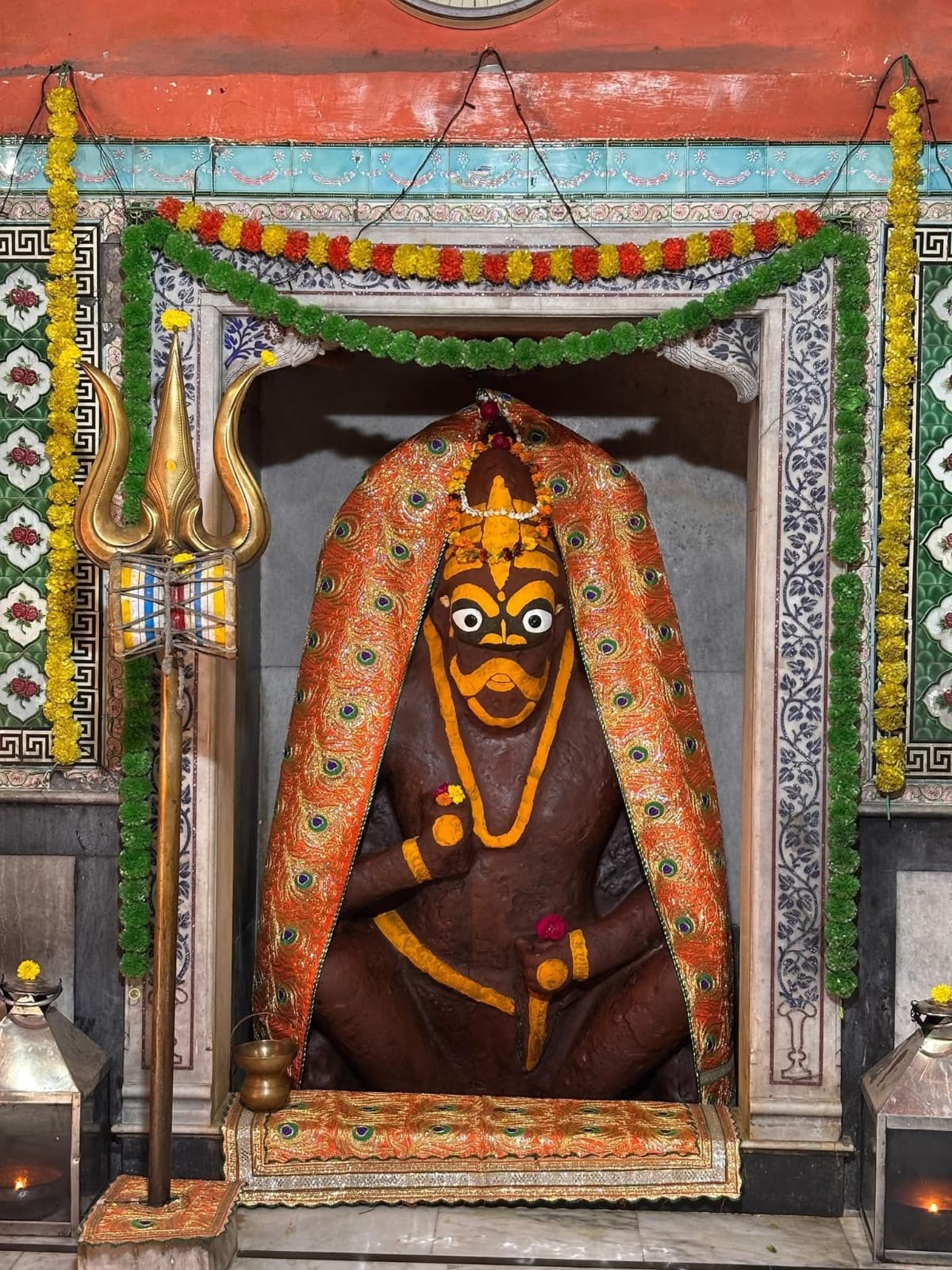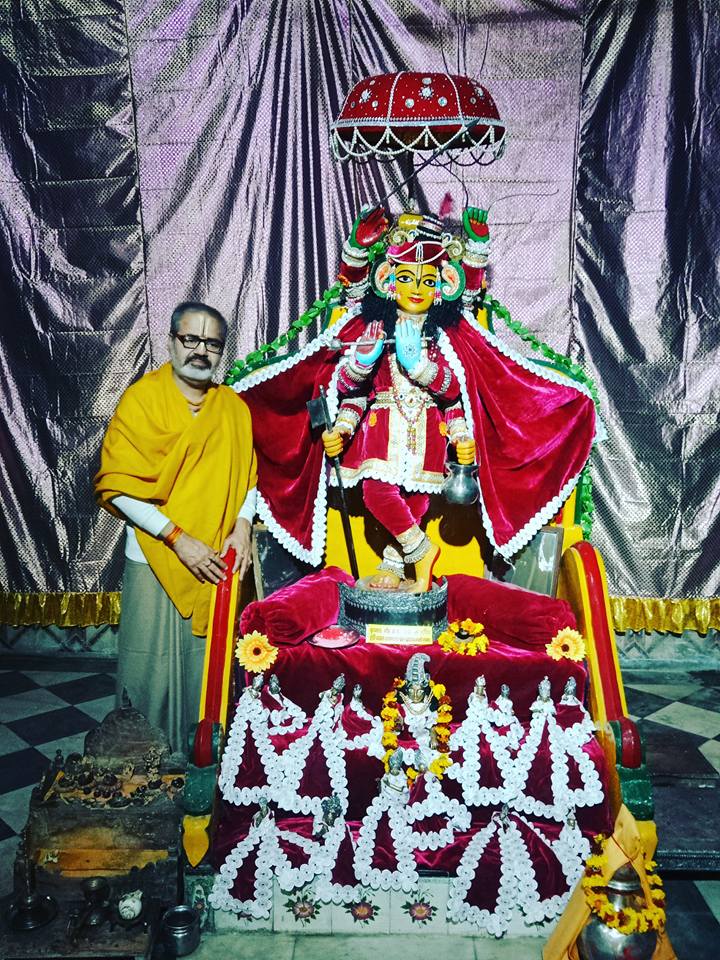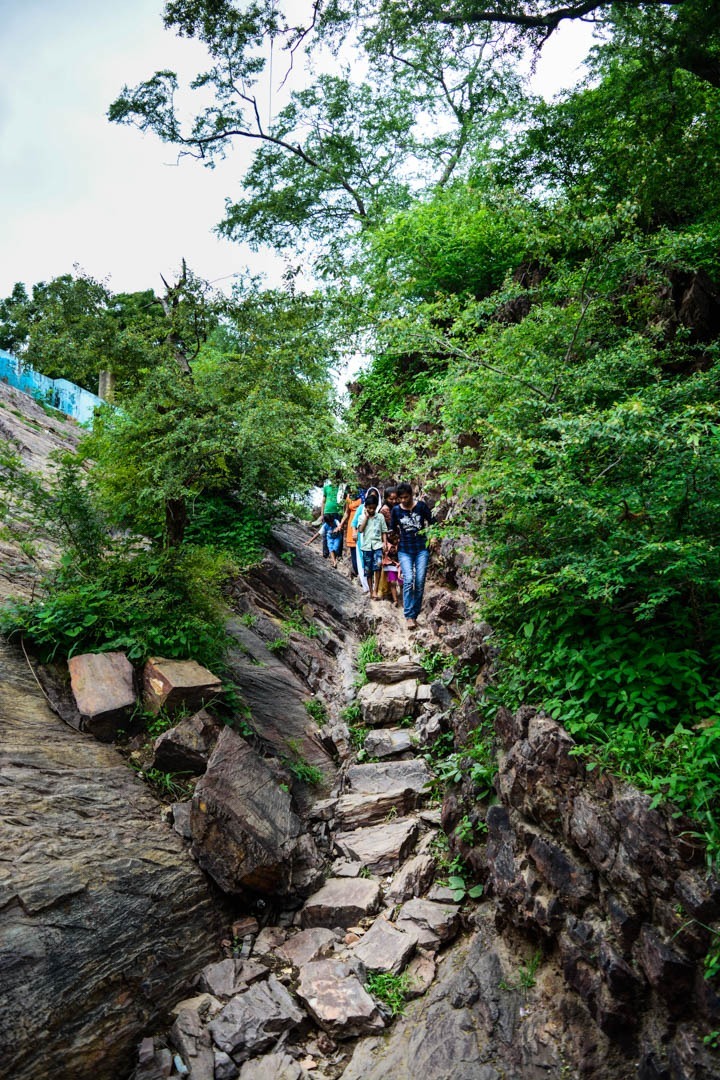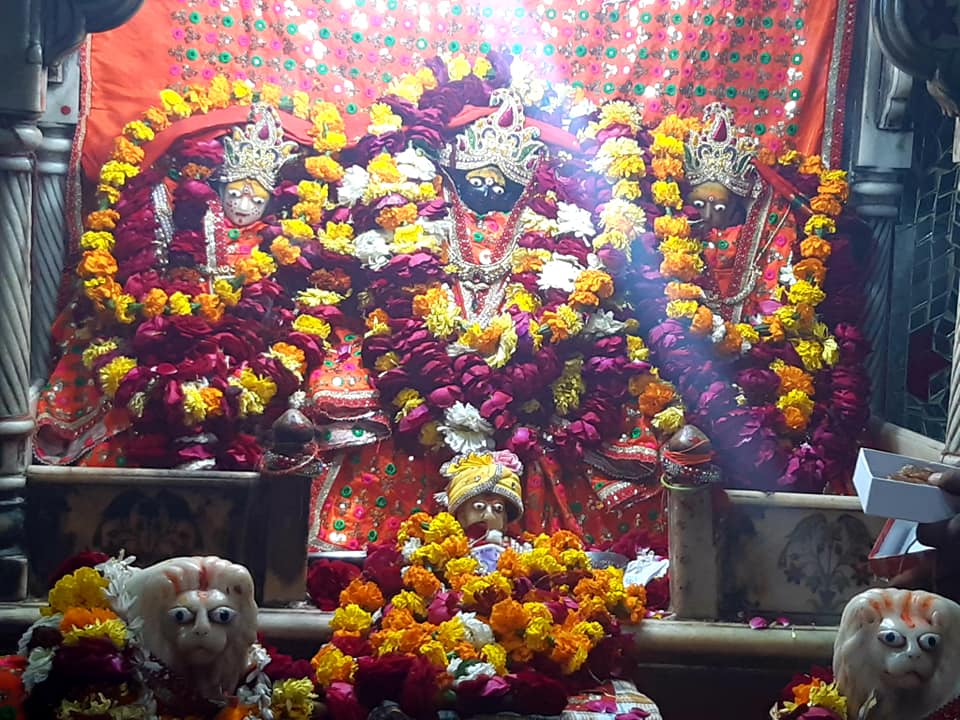By Hemant Agrawal
In a world of distractions and disconnection, the message of Gokarneshwar Mahadev is simple yet eternal: Conquer your desires, calm your mind, and find your divinity.
2025.08.04 (Vrindavan Today News): Located on a serene mound near the Akashvani (All India Radio) station in Mathura, the Gokarneshwar Mahadev Temple stands as a sacred sentinel of the city’s spiritual landscape. Dedicated to Lord Shiva, this ancient shrine marks the northern boundary of Mathura and forms a part of the city’s traditional protection grid. Four temples of Lord Shiva strategically placed in each cardinal direction. These include Pihleshwar Mahadev in the east, Bhuteshwar Mahadev in the west, Rangeshwar Mahadev in the south, and Gokarneshwar Mahadev in the north, collectively earning Lord Shiva the revered title of Kshetrapal, or Guardian of the Land.
A Temple with Miraculous Belief and Legacy
Beyond its geographical and spiritual significance, Gokarneshwar Mahadev Temple holds a profound place in the hearts of devotees seeking divine intervention, particularly in matters of fertility, health, and prosperity. According to prevailing local beliefs, childless couples who observe a 16-week Monday fast and perform dedicated worship (puja) of Gokarn Mahadev are blessed with progeny. Another deeply rooted tradition asserts that any devotee who performs Abhishekam (ritualistic bathing) of the Shivling with sugarcane juice and recites the Shiva Stotra for 40 consecutive days, attains a life of happiness, good health, and material prosperity.
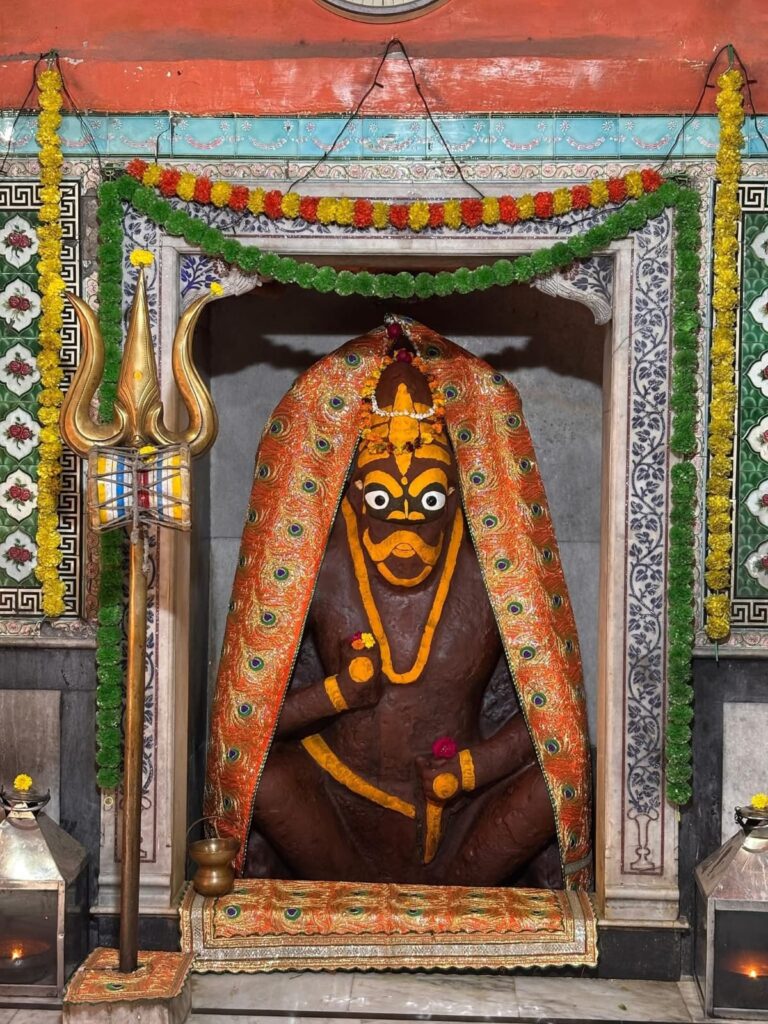
The Legend of Rishi Gokarna
The temple’s name and legacy are intimately connected with a compelling Puranic legend. As the story goes, a Vaishya (merchant) named Vasukarna and his wife Sushila were distressed by childlessness. In search of a solution, they approached a saint, who gave them a divine fruit for conception. However, instead of consuming it, the wife fed the fruit to a cow. Miraculously, the cow gave birth to a child with a human body but ears resembling those of a cow. The child was named Gokarna, meaning “Cow-Eared” (from Sanskrit: ‘Go’ meaning cow and ‘Karna’ meaning ear). Gokarna grew up to become a great sage, and as a mark of his devotion to Lord Shiva, he consecrated this temple. Hence, the deity came to be known as Gokarneshwar Mahadev, in honor of the saint and his extraordinary birth.
The temple uniquely houses not only a Shiva Lingam, but also an statue of Rishi Gokarna, which stands approximately four feet tall, a rare fusion of devotee and deity in one sacred space.
Symbolism in Stone: The Iconography of Gokarn Mahadev
The iconography within the temple is both striking and symbolic. The statue of Gokarn Mahadev portrays one hand resting on the lingam, and the other placed above the mind (forehead). This visual serves as a spiritual metaphor, underscoring the essential discipline that every human must cultivate control over desire and mind. The mind (manas) and lust (kama) are regarded as two of the most volatile forces in the human experience. Their regulation is not just a spiritual pursuit but also a path to inner peace and societal harmony.
The Varaha Purana, one of the revered ancient Hindu texts, makes a specific mention of the Gokarneshwar Mahadev Temple, stating that those who worship Lord Shiva at this sacred location are absolved of all sins. The site, thus, is not just a religious landmark but a spiritual cleansing ground, attracting pilgrims from across the nation and beyond.
Spiritual Geography and Cultural Continuity
Mathura, the land of Krishna, is often celebrated for its Vaishnav traditions, but the presence of these four powerful Shaivite shrines speaks to a more nuanced, pluralistic spiritual heritage. The co-existence of Shaiva and Vaishnava energies across the region enriches its cultural and theological fabric. In this context, the Gokarneshwar Mahadev Temple emerges as a bridge between myth, devotion, and metaphysical insight.
The Gokarneshwar Mahadev Temple is not merely a structure of stone and sanctity; it is a living narrative of faith, discipline, and divine protection. For seekers of miracles, for lovers of legends, and for pilgrims of inner transformation, this temple offers a space where the cosmic energy of Lord Shiva resides in full potency. Whether you are a local devotee or an international traveler in search of India’s spiritual depth, this northern pillar of Mathura’s sacred geography is worth every step of reverence.


